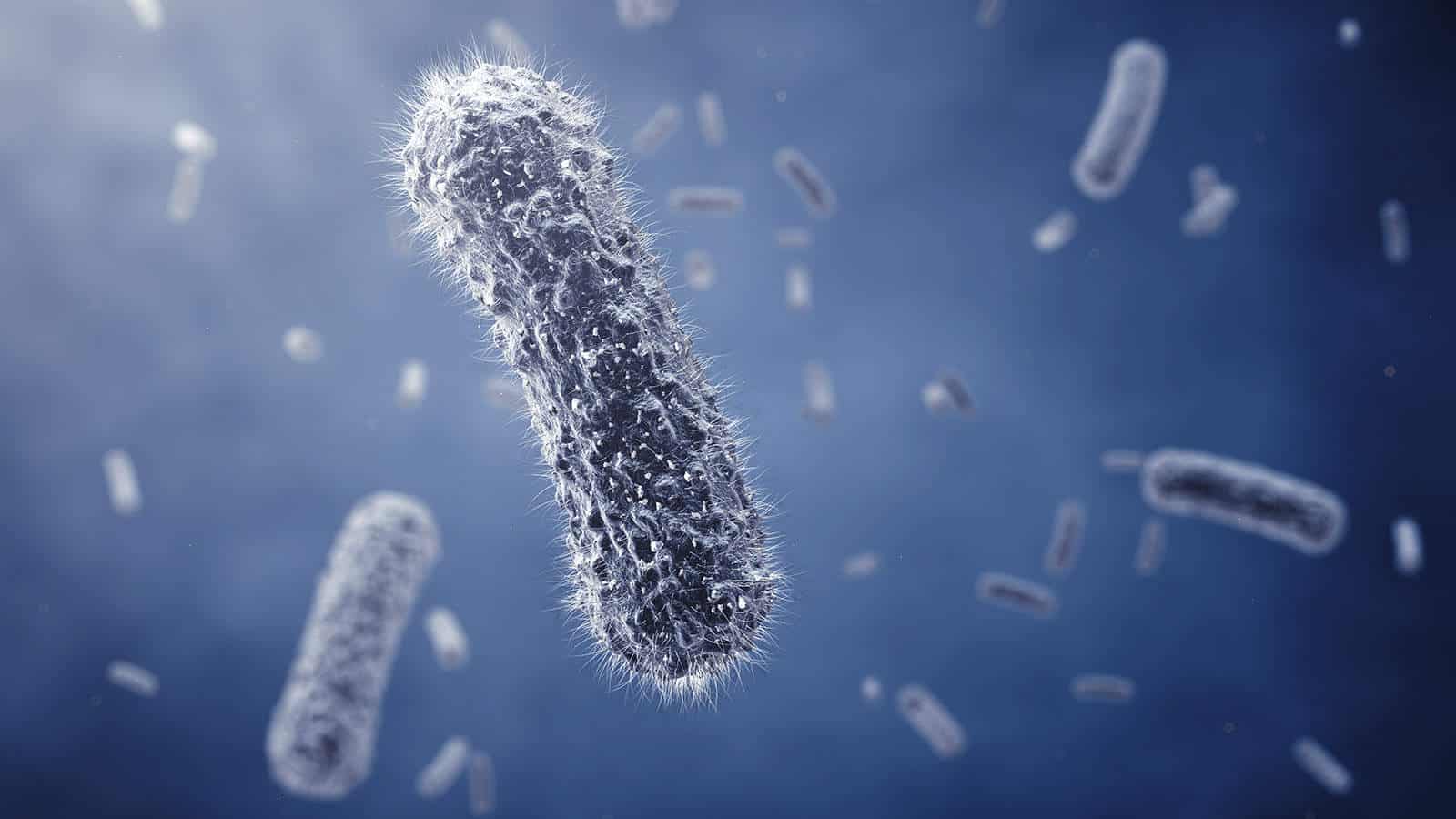An Engineered Mix of Bacteria/Archaea to Shed Light on Evolution
A frequently quoted hypothesis on the origin of the three domains of life (Archaea, Bacteria, and Eukarya) assumes the existence of a common living ancestor, known as cenancestor or LUCA (last universal common ancestor), from which the archaea and bacteria have diverged.
One hypothesis is that this happened because the cell membrane in LUCA was an unstable mixture of lipids.
Based on comparative genomics analyses, predictions have been made about the organization of the transcriptional and translational machinery present in LUCA during the early stages of evolution.
Now, scientists from the University of Groningen and Wageningen University have created such a life form with a mixed membrane and discovered it is in fact stable, refuting this hypothesis. In an epic feat of molecular biology prowess, the team has reverse-engineered a microbe that shares the features of both a bacterium and an archaeon, and therefore could feasibly have some LUCA-like characteristics.
There are many ideas on how cellular life could have evolved billions of years ago. Protocells may have formed in clay minerals, or as simple lipid vesicles. In the latter scenario, something called the lipid divide would have occurred, creating
the separate domains of Bacteria and Archaea, said Arnold Driessen, Ph.D., one of the authors of the current study and a professor of molecular microbiology at the University of Groningen: “The lipid membranes of both domains are different, composed of phospholipids that are each other’s mirror image.”After a breakthrough in the production of archaeal membrane lipids at Groningen University, and another related development at Wageningen, researchers were able to engineer Escherichia coli bacteria to have cell membranes that include 30% archaeal lipids. This is exactly the kind of mixed membrane that scientists thought would be unstable in the LUCA.
In the newly engineered E. coli, the phosphatidylglycerols — the lipids which form the basic bilayer of the bacterial membrane — were replaced by their archaeal equivalent (archaetidylglycerol). Despite this transformation, the bacterium grew normally and was stable, which refutes the hypothesis that a mixed membrane is inherently unstable. The new life form also exhibited some differences from the unmodified E. coli, such as a more elongated cell.
“This bacterium grew at normal speed and was stable,” revealed Driessen. “So this result does not support the hypothesis that a mixed membrane is inherently instable and could thus have created the lipid divide.”
“The robustness of these mixed cells surprised us. We expected more problems keeping them alive. After all, what we have engineered does amount to a new life form,” said Driessen.
This work could help open up new avenues in research in evolution. “For example, we could engineer a bacterial expression system for archaeal membrane proteins, such as those produced by hyperthermophiles that grow at extremely high temperatures and pressure,” Driessen concluded.






























